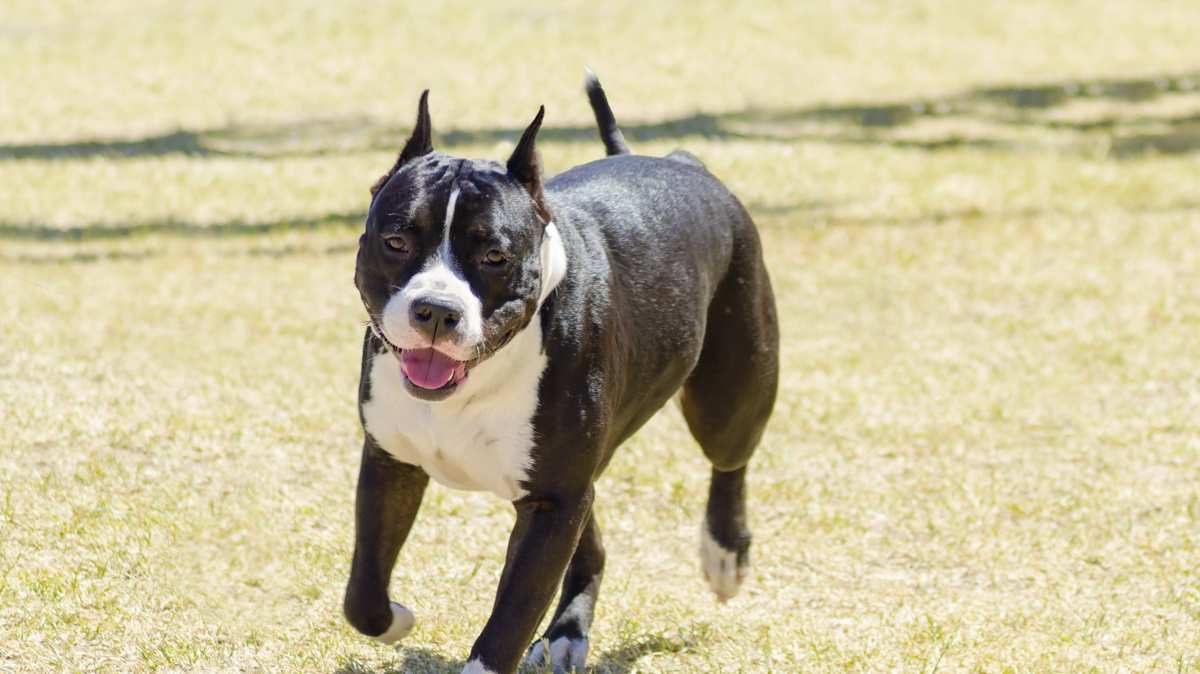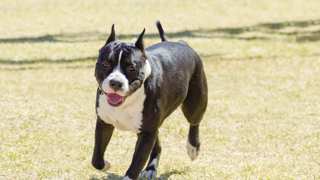Bullypit Breed Details
The Bullypit is not formally in any Dog Group due to it being a hybrid. It should be noted that it this mixed breed is produced by only one American Kennel Club (AKC)-recognized purebred, the Bulldog. The other parent is the United Kennel Club (UKC) recognized American Pit Bull Terriers, but not always under that name. The Staffordshire Pit Bull Terrier, which is recognized by the AKC and the UKC, is sometimes registered with the UKC as an American Pit Bull Terrier. Before such a dog can be registered with the UKC as a APBT, however, the dog must first be registered with the AKC as — you guessed it! — a Staffordshire Pit Bull Terrier. The AKC doesn't return the favor and so UKC-registered ABPTs are not allowed to be registered with the AKC in any way but as Staffordshire Pit Bull Terriers.
In any case, the Bullypit may or may not be a good dog for families or households with children. It is almost universally agreed that this is not a good dog for a home with smaller pets. Before getting one of these dogs, whether as a puppy or an adopted adult, you should be well-read-up on everything regarding Bully Pitbull attacks.
PROS
- Very low shedder
- Can be trained easily
- Makes a great guard dog
- Barks very little, if at all
- Tends to be loyal to a fault
- Great for active, outdoor people
- Properly socialized, this dog can be very loving
CONS
- Extremely domineering
- Must be exercised a lot
- Tends to be very stubborn
- Not good for apartment-only living
- Requires a lot of obedience training
- May fight excessively with other dogs
- Can be very expensive to adopt and maintain
- Not for elderly, infirm or people lacking strength
- Is not a good watch dog due to little or no barking
- Prone to a number of ailments and inherited diseases
- Can be ferociously protective, even among family members
- May have a history of violence that doesn't seem obvious
- Has a great social stigma that can prompt outrage from people
- Needs a yard with a very high fence or wall as they are jumpers
- Could have breeds / mixes in the bloodline other than what you may have been told
- May be outlawed via Breed-Specific Legislation (BSL) in your city, state or community












